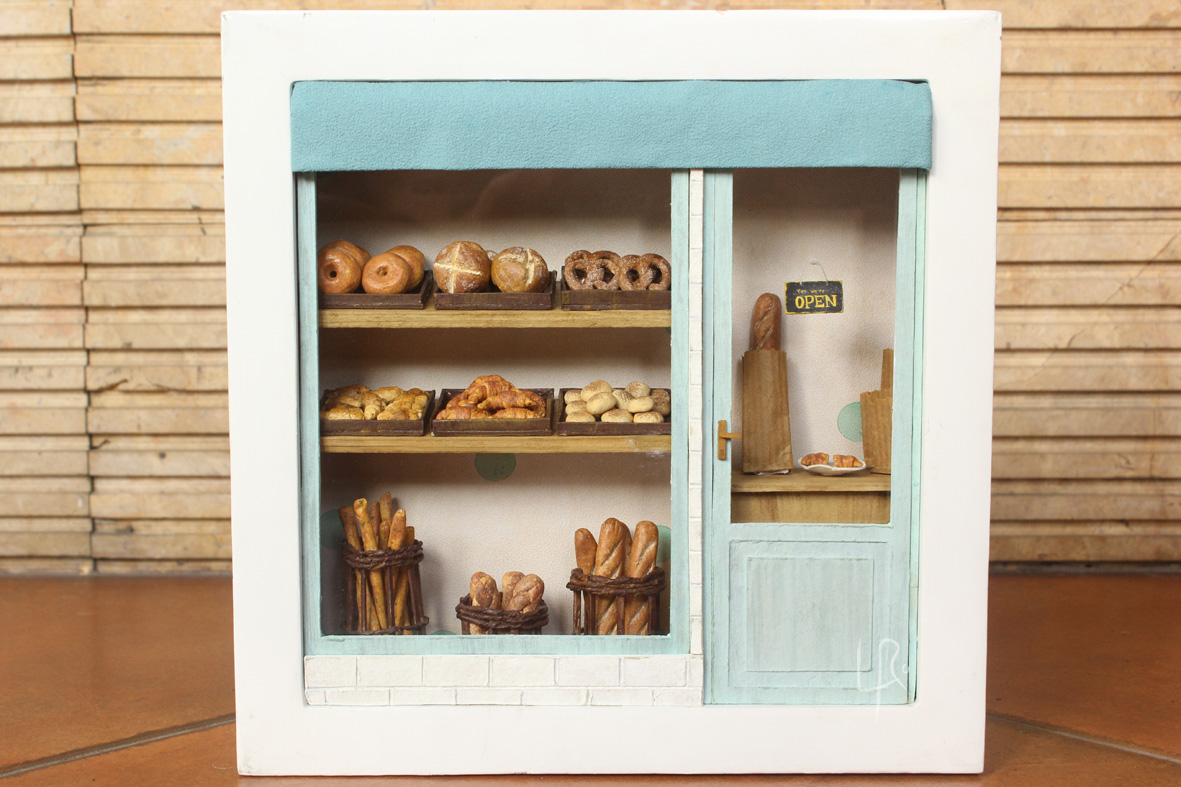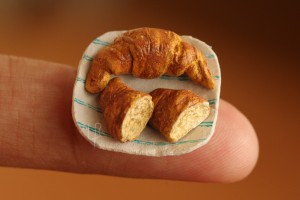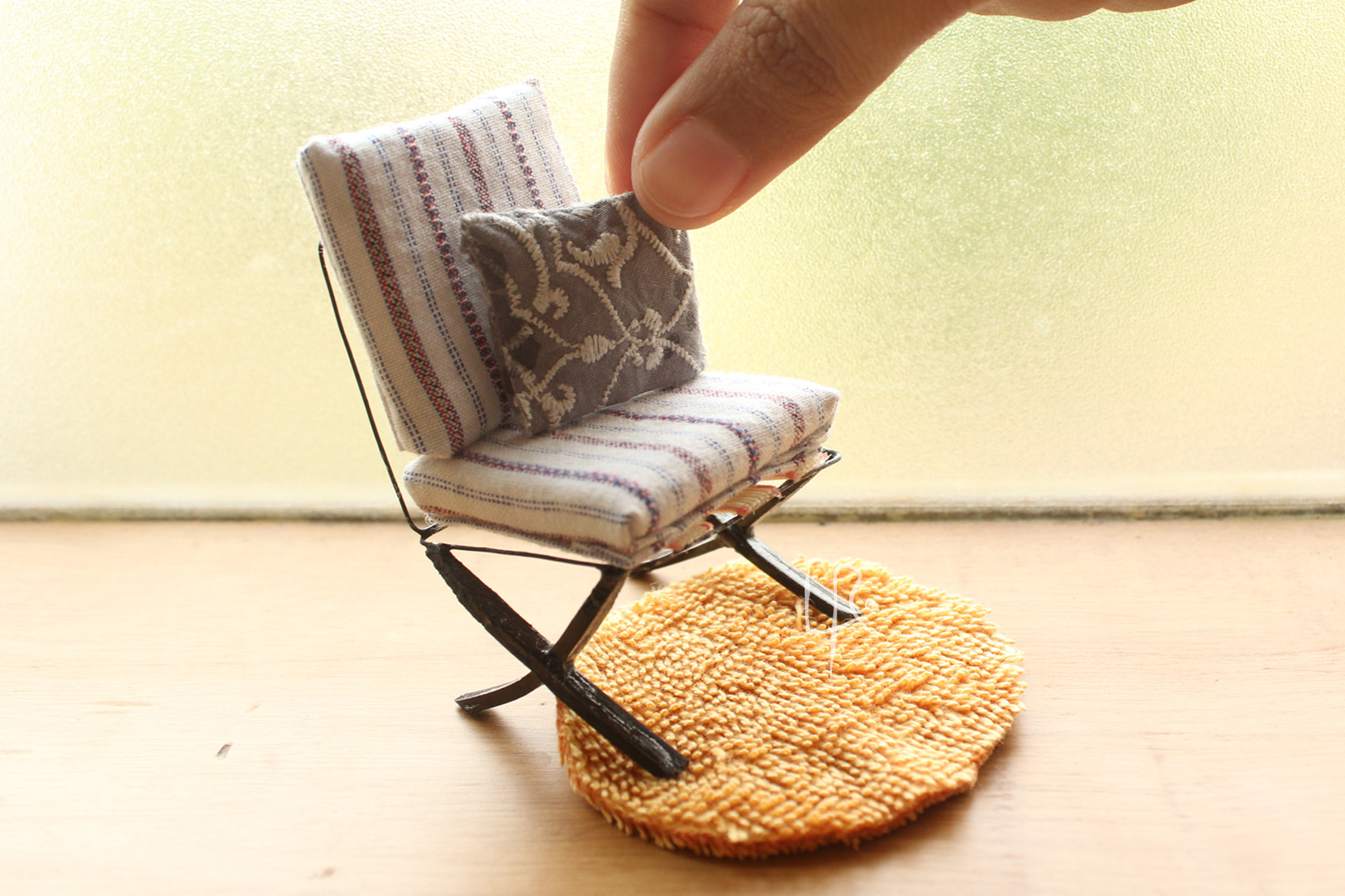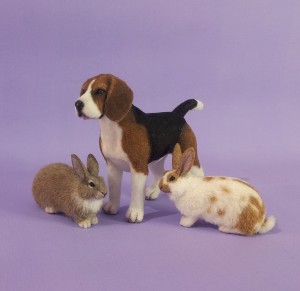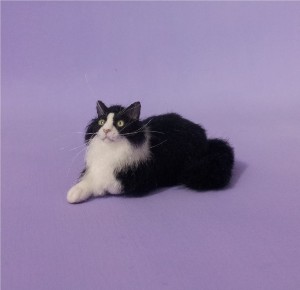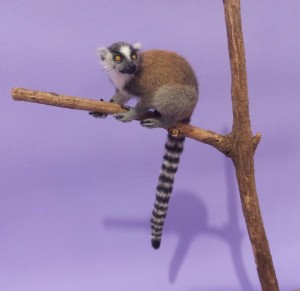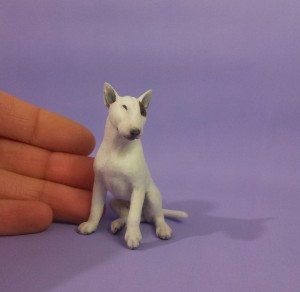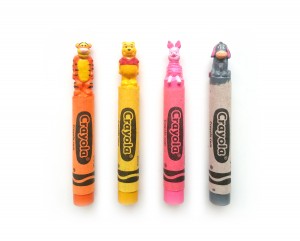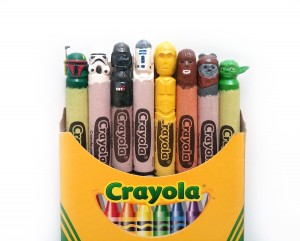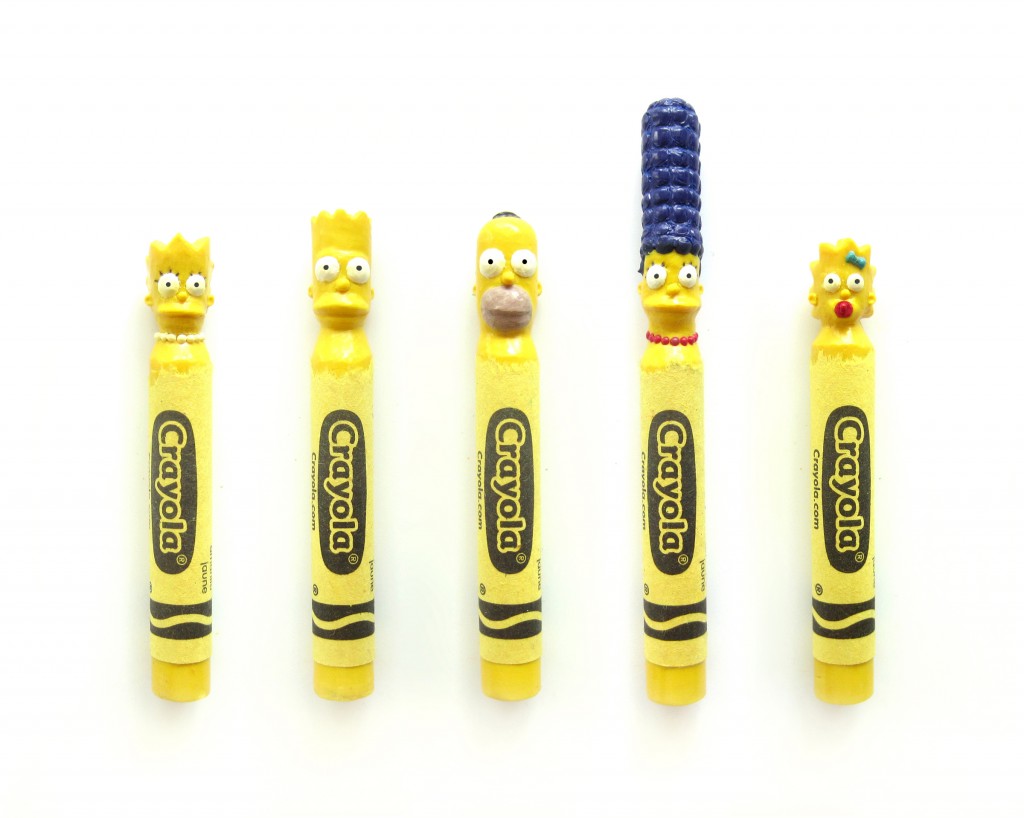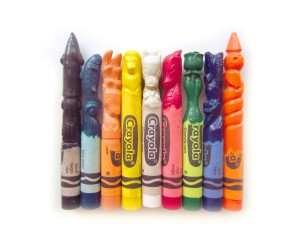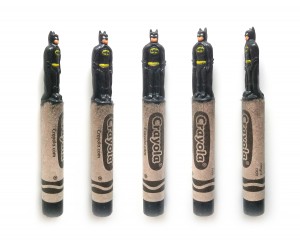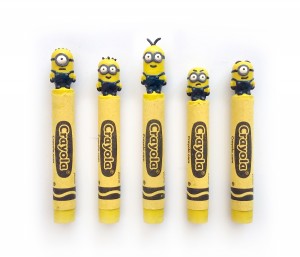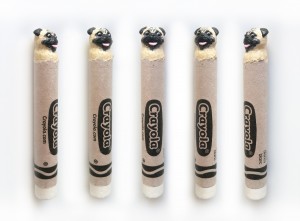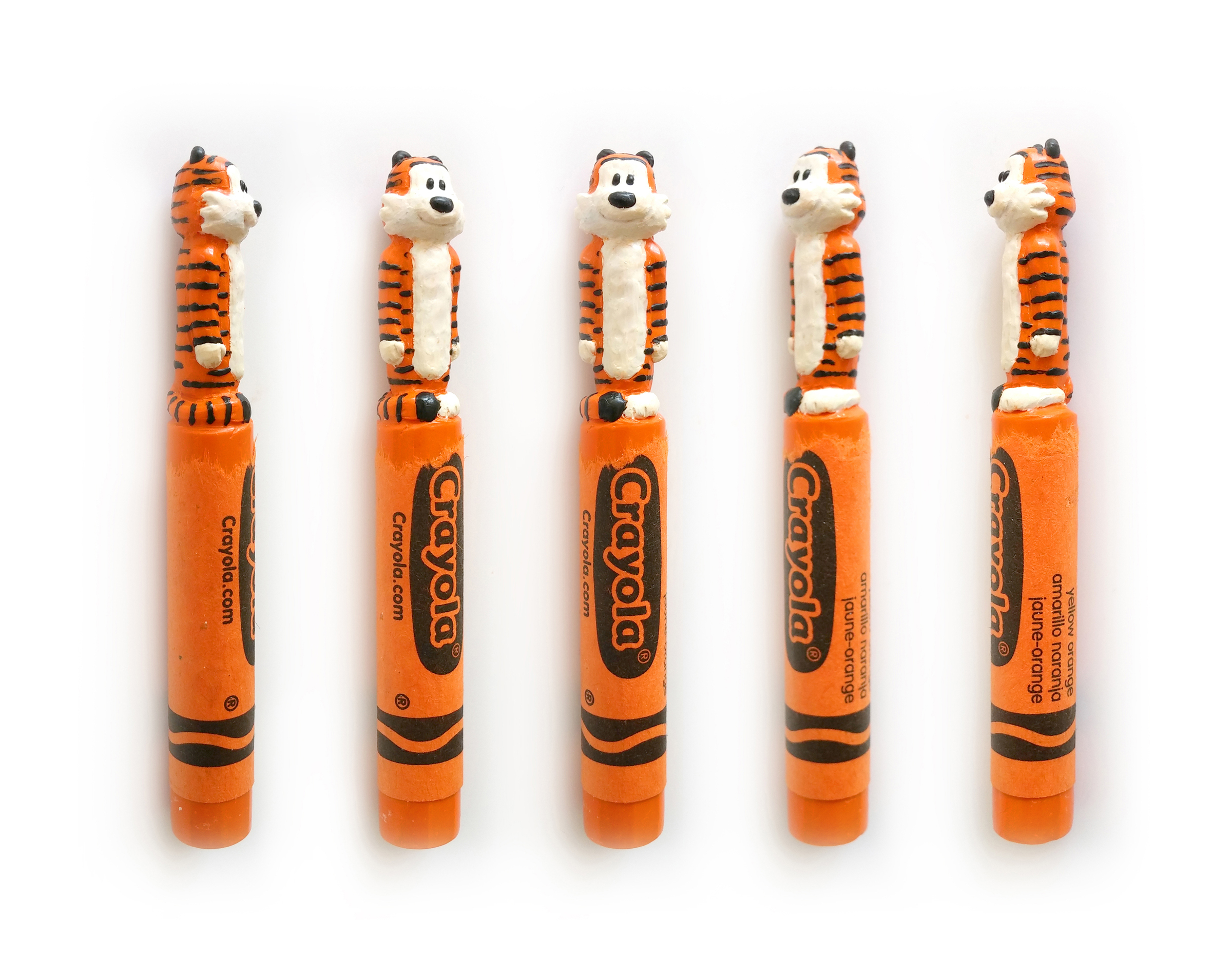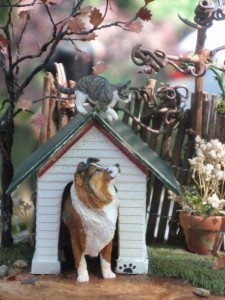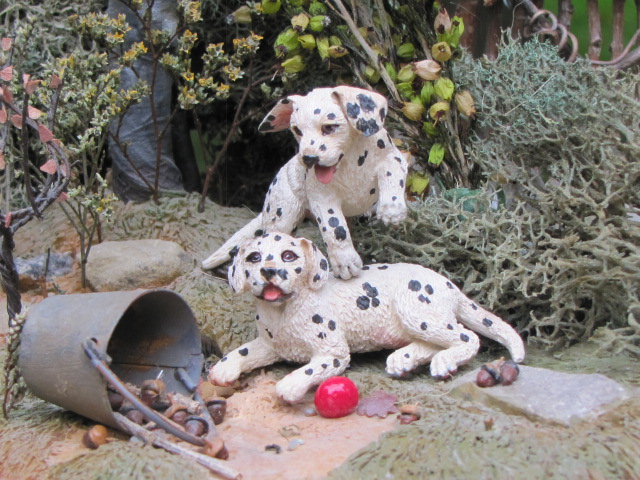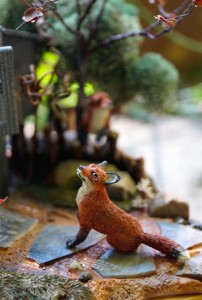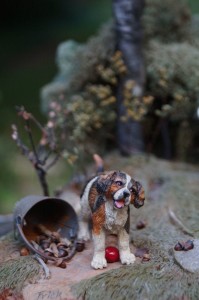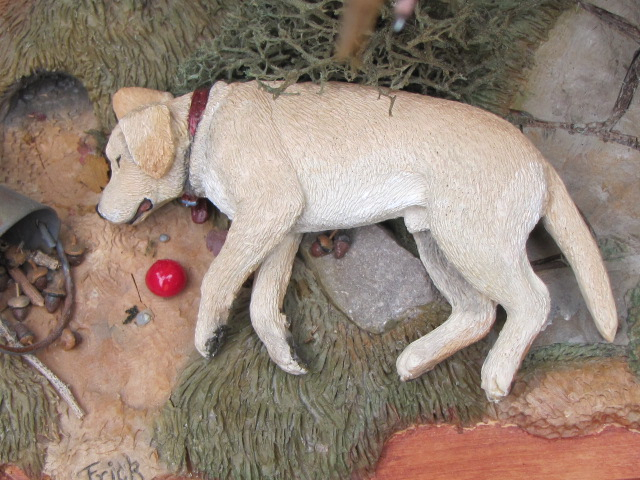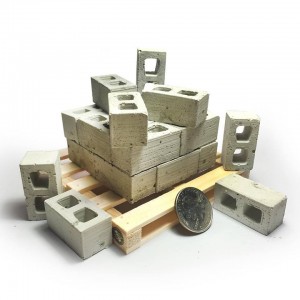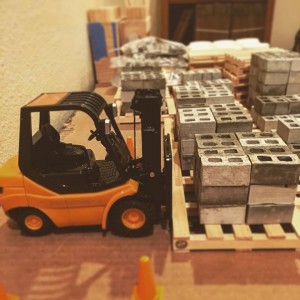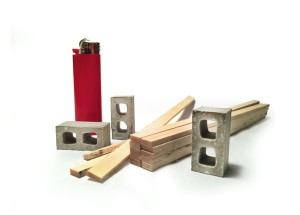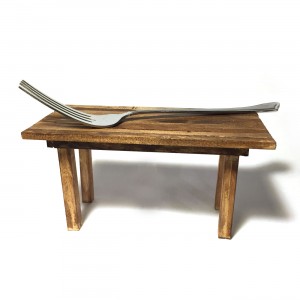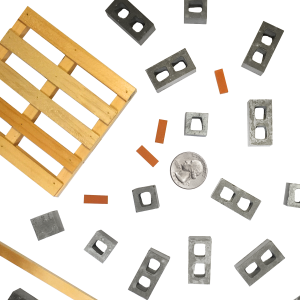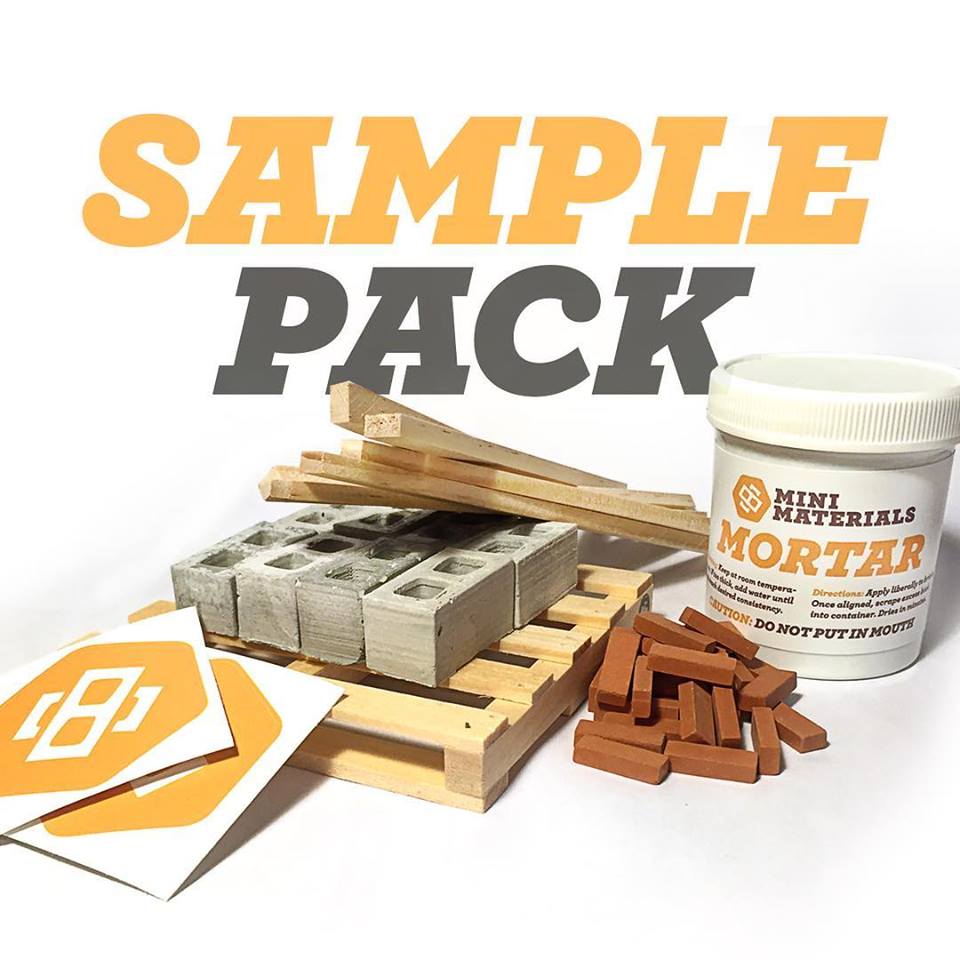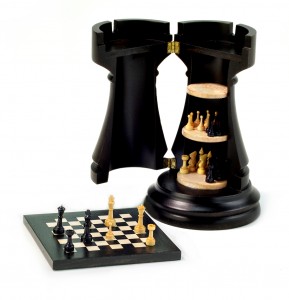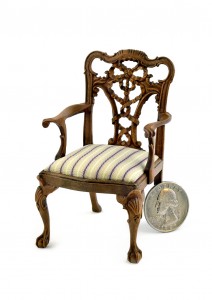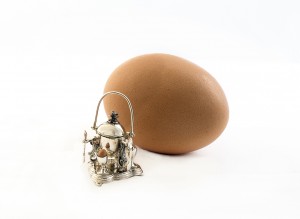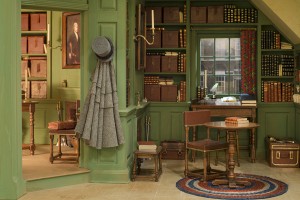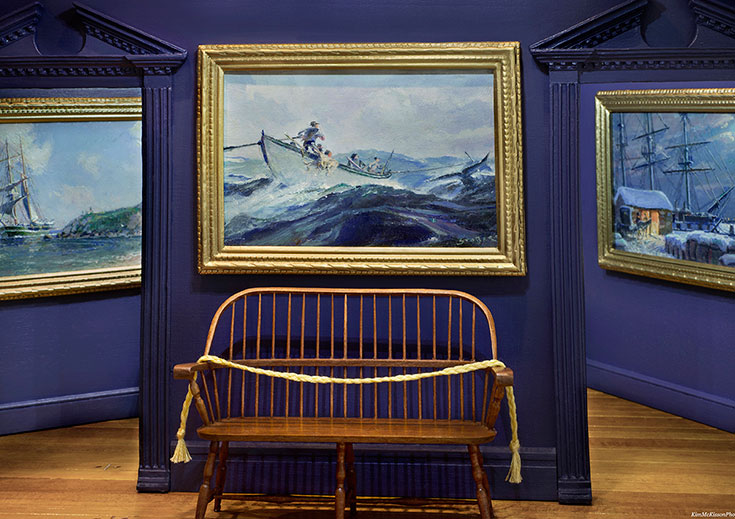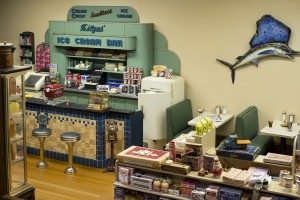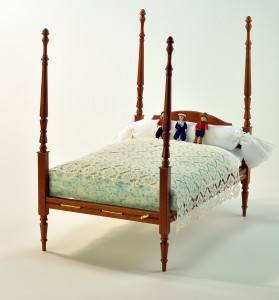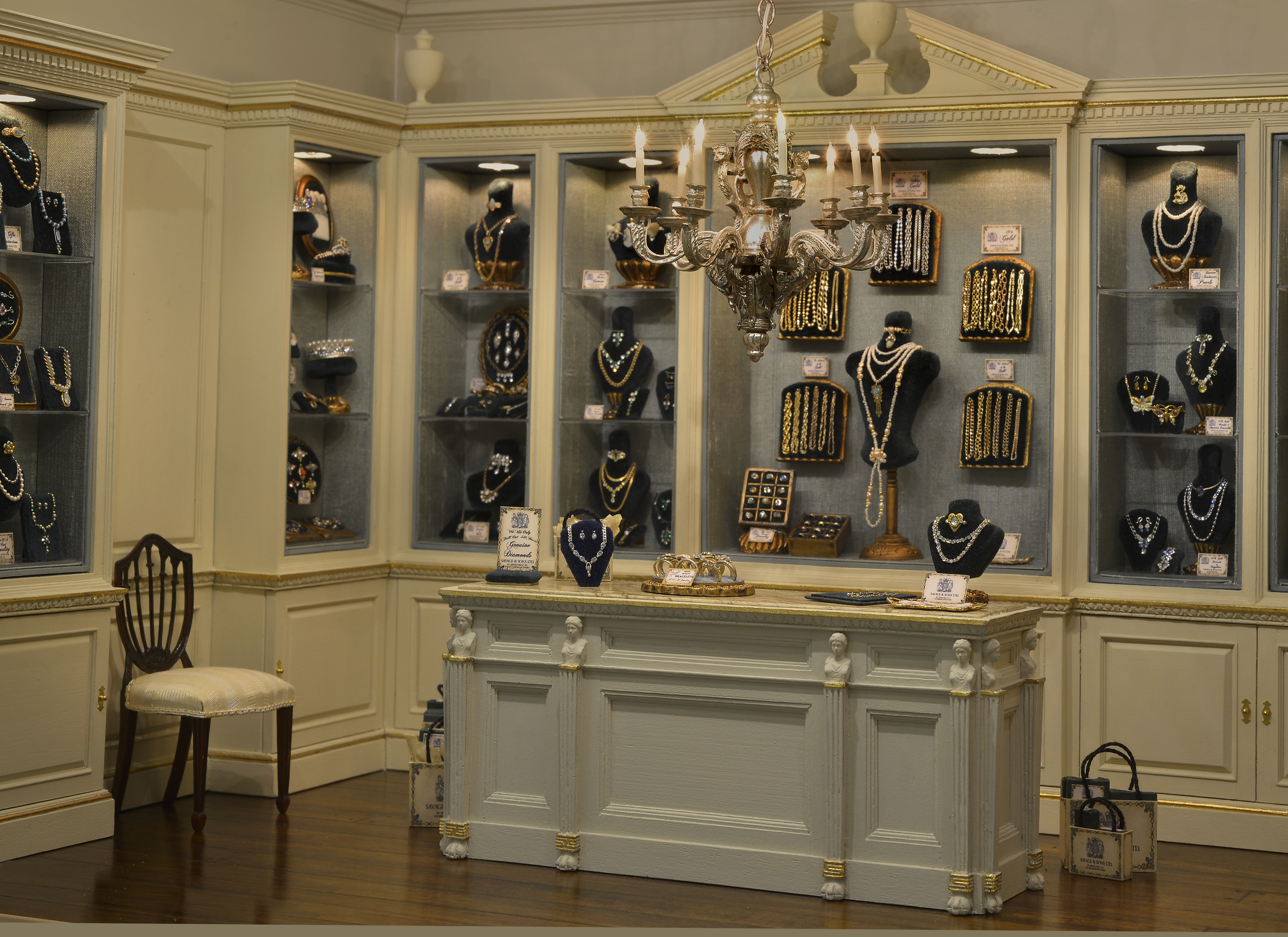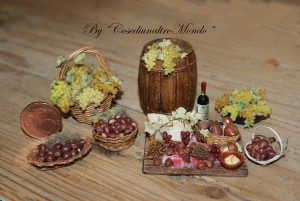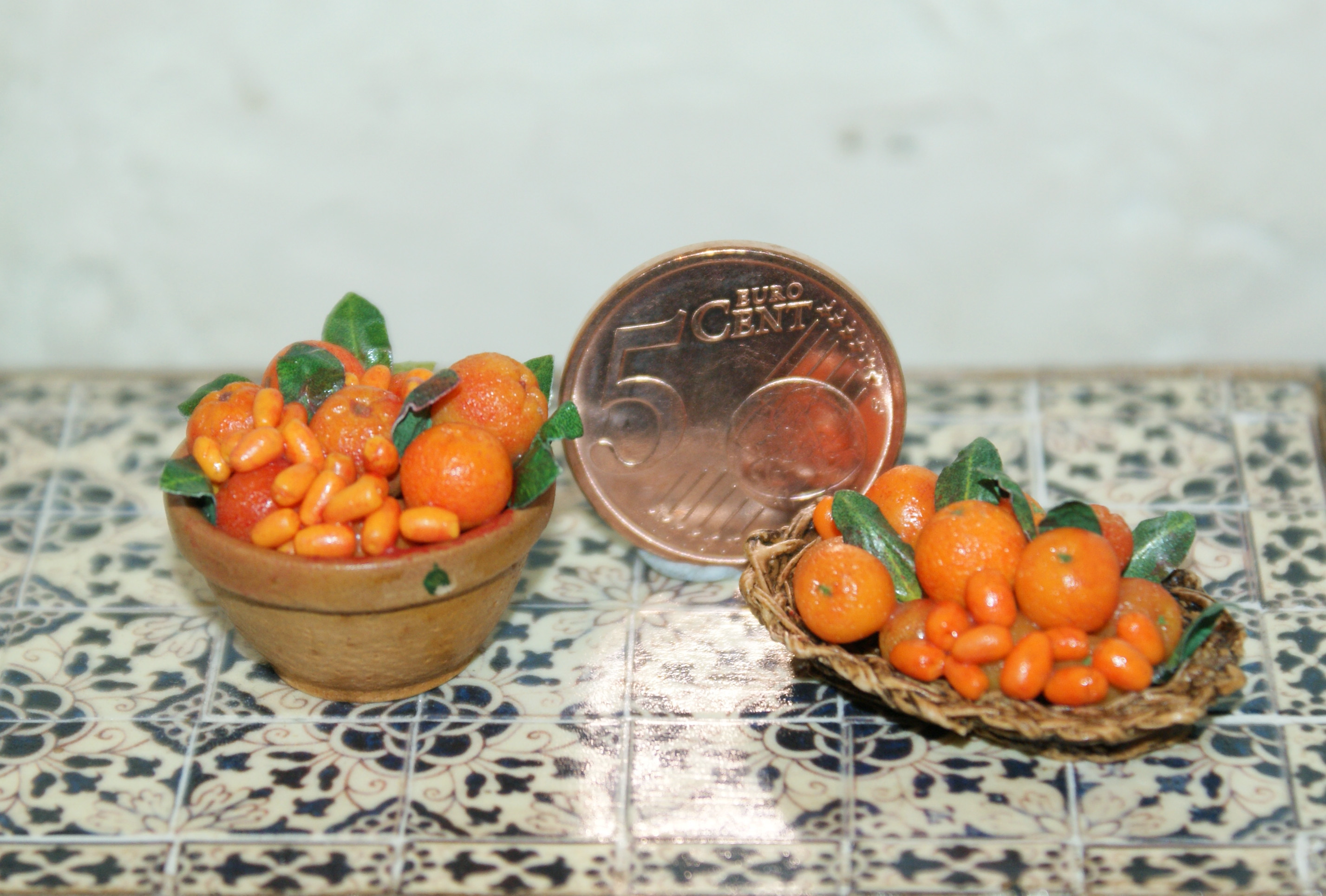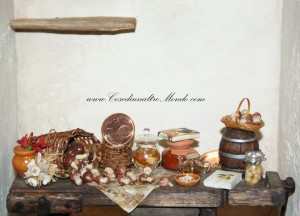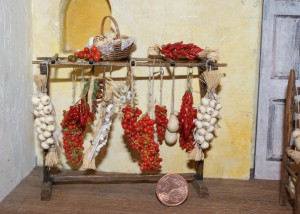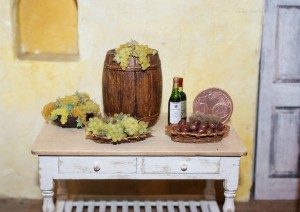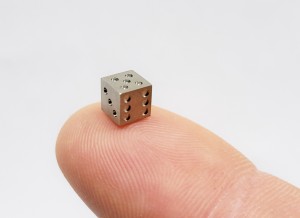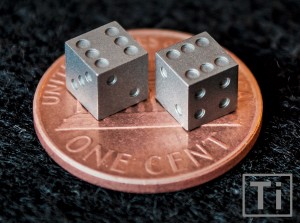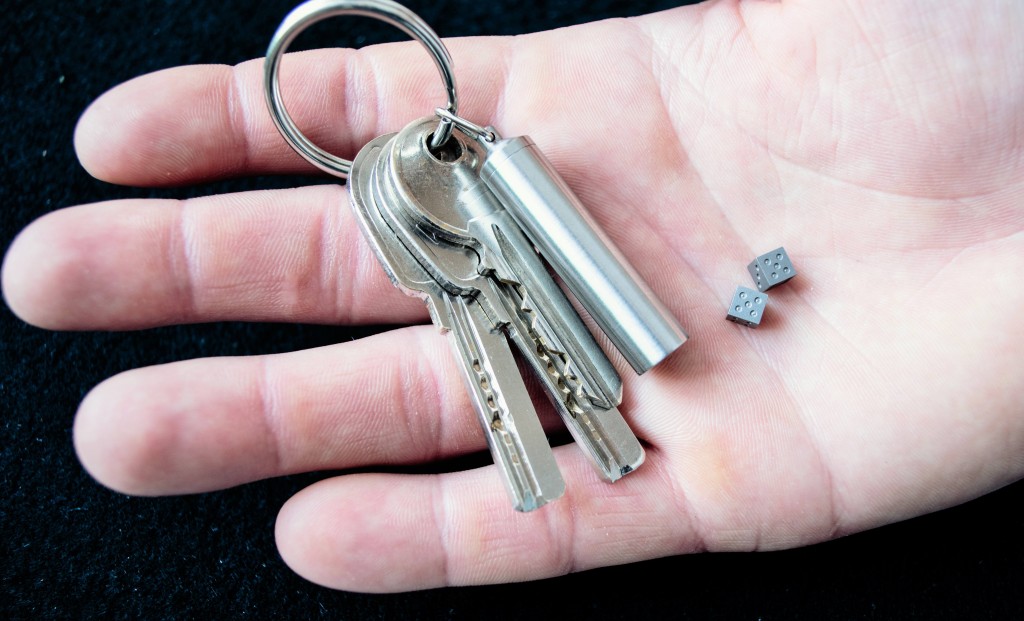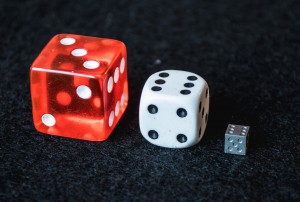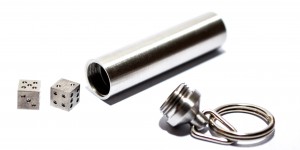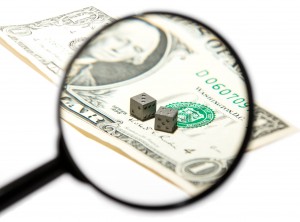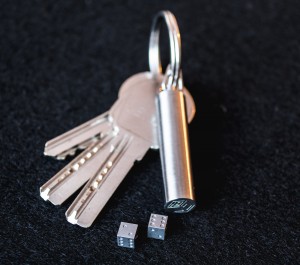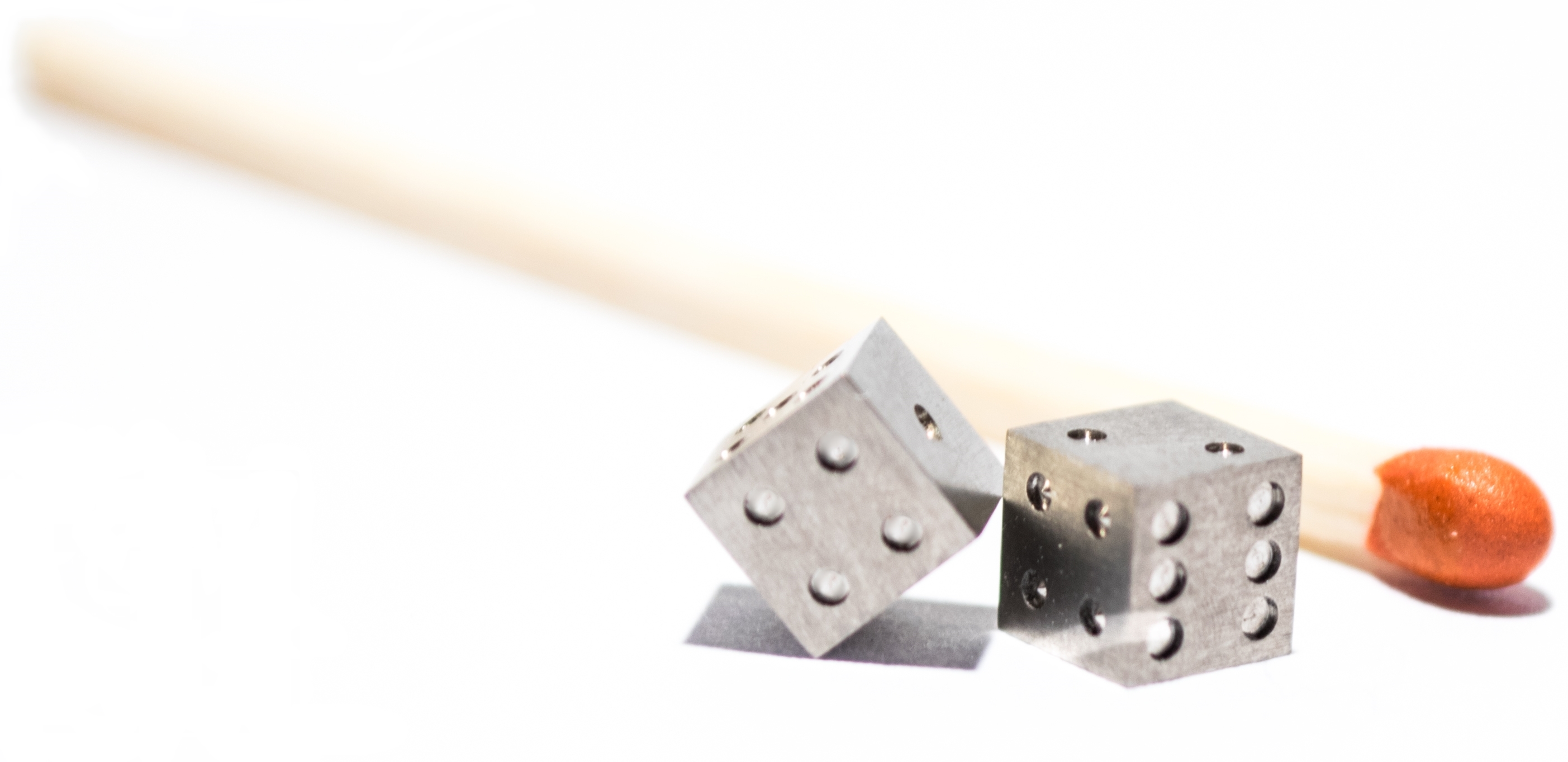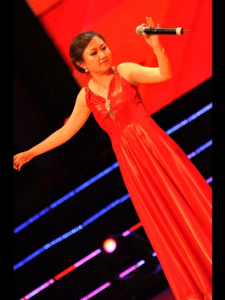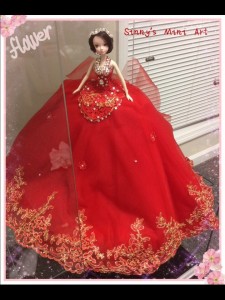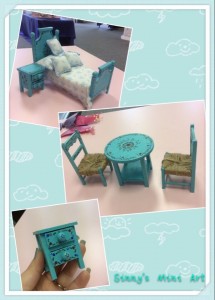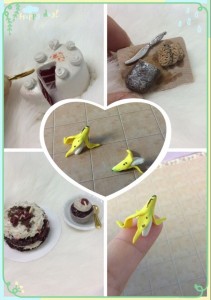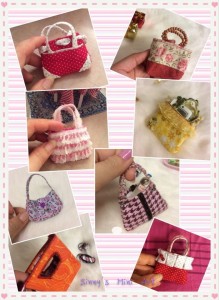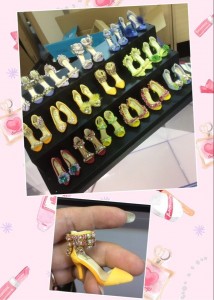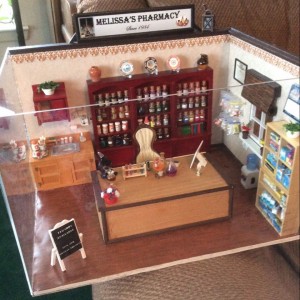Mad Missy Minis
| Instagram | Etsy | Pinterest | Facebook | Gallery |
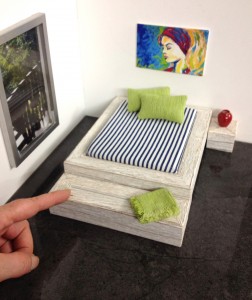 What’s your earliest memory with miniatures?
What’s your earliest memory with miniatures?
Turning out small mud cakes from jar lids and decorating them with leaves, twigs, seeds and other found things when I was a child in the Philippines. Later on, it was Barbie and Sindy and their horses who captivated my imagination. Our lounge would become a show jumping arena as I laid out canned goods from the pantry and used chopsticks as jump poles. I also had a huge herd of miniature horse figurines similar to the Schleich brand; I would set up my herd in the rockery surrounding our fishpond. I was never lonely as a child.
How did you begin making miniatures of your own?
I’ve been an artist for as long as I can remember… the kind of kid who made something out of whatever I could find. In my teens, when I lived in South Africa, a good friend was a military miniature enthusiast and he bought me my first white metal fantasy figurines and gave me a bag of dental plaster and said I should make a diorama. It was a wolf’s head mountain with stone stairs leading up to an altar. Sadly, with all my travels it did not survive but I still have the warrior’s horse. My miniature creations have emerged in fits and bouts until this last year when I resumed my interest after my mum married a lovely man who had made this most incredible 1:24 scale dollhouse. I was thoroughly captivated and so started what has turned out to be an intense obsession that has remained constant.
Do you remember the very first miniature you ever made? 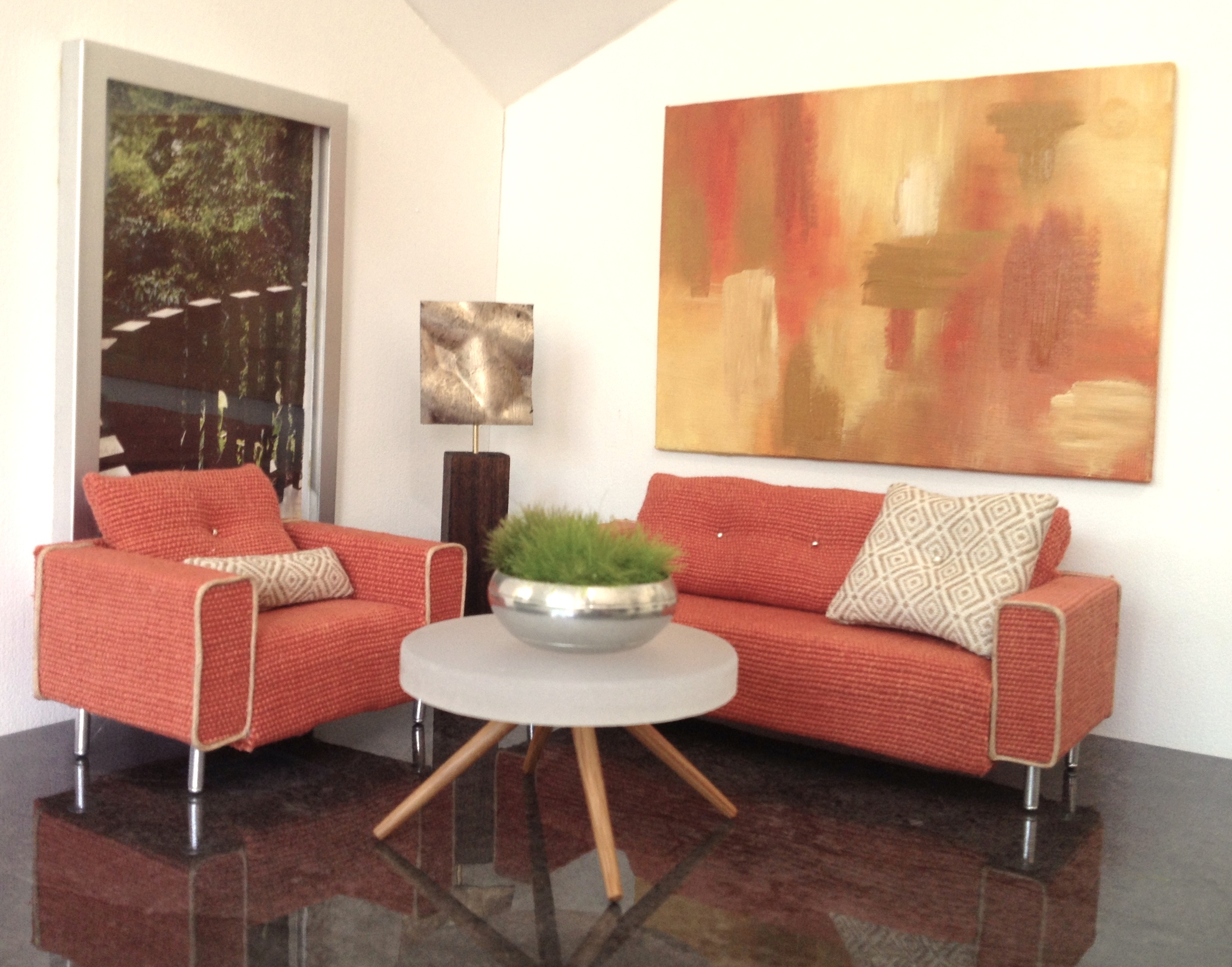
I’d say apart from the mud cakes, the two miniatures made from scratch that I can recall from earlier years were: a pool table made from office supplies and ball bearings from a shotgun cartridge I found in our office when I was working 12 hour night shifts as a security officer at London’s most exclusive hotel. I remember my colleagues (mostly ex-Special Air Service) were pretty impressed with my improvisation.
The second piece was created in New Zealand for a neighbor’s son: a boxing ring with two cicada exoskeletons as the pugilistic protagonists. Cicadas are a type of tree cricket with sizable front pincer type appendages which I painted to look like boxing gloves.
Why the current love of modern design? What about this era speaks to you?
I don’t actually discriminate between eras when it comes to miniatures, I love them all. I often upcycle pieces of Victorian or Georgian furniture to give them a shabby chic or distressed look; I give them a new lease on life as something contemporary. What I make from scratch is solely modern because of the crisp lines of design and my love of contemporary fabrics. I’ve promised myself that, when in doubt, I will not turn to the dark side and cover things with tons of lace. By nature, I’m also one to take the path less trodden, in that the modern miniature scene is really in its infancy and I want to establish myself as a master artisan. I’m very particular about materials and so I don’t use stuff like foam core or cardboard as I want my works to have an archival quality.

What is your favorite type of miniature to make these days?
At the moment, I am focused on miniature fine art (seemed a natural transition since I am a practicing fine artist, tutor, and gallery owner) and soft furnishings such as bedding sets as well as chairs and sofas. I’m especially enamored with sofas and armchairs. I often joke about the fact that my personal collection of room boxes are little environments I can control, considering I share my real home with two birds, two cats and a less than tidy teenager (my darling son). At least my room boxes stay tidy and pristine, unlike the family home.
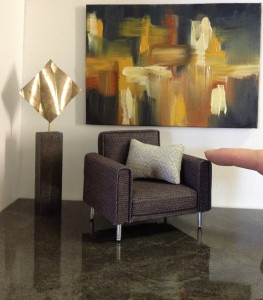 What is the most challenging aspect of your work with miniatures?
What is the most challenging aspect of your work with miniatures?
I got the most challenging thing out of the way very early on and the lesson learned was the importance of choice of materials. If I make a good decision with materials, then most things I create turn out with a measure of success. My hard lesson involved a tutorial on how to make an ornate chaise lounge with matboard. This is probably a strong reason why I refuse to work with matboard – it’s problematic in so many ways. My other mistake was choosing a soft silk scarf to upholster with—it frayed and slipped and behaved in a way that made me feel like my fingers were pool noodles. So in conclusion, most things are achievable given a good choice in materials.
Favorite furniture designers?
There are myriad uncredited designers whose work I admire. As for the better known designers, I appreciate Knoll Bassett; Noguchi; Wegner; van der Rohe; Baughman and the unnamed craftsman who created the Chesterfield chair for Lord Philip Stanhope, the 4th Earl of Chesterfield.
Favorite miniature artisans?
As a relative newcomer to the miniature revolution I have yet to discover all of the talent out there, I avoid being influenced too much. I do however follow a few contemporaries: D. Thomas Fine Miniatures and his fabulous stable of miniature artisans; Sean Valentine of Valentine’s Miniatures and Gerhard Wernecke.
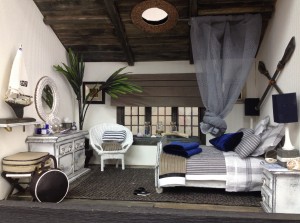 What is your favorite period of art history?
What is your favorite period of art history?
I have a love for the dramatic and so the works of Caravaggio, da Vinci and Rubens feed that desire. I love Stubbs as I will always be a horse-mad little girl. Then there are the Impressionists whose use of color, propensity for anti-establishment expression, and fascination with everyday life is much like my own approach to miniatures.
What advice would you give to new artists and beginner miniaturists?
First is: be prepared to spend on quality materials and tools. Ensure you have a dedicated workspace and afford the hobby time. Secondly, but more importantly, observe others creating (online tutorials are the gift of others’ experience).
Get curious: be prepared to dissect existing furniture to see what’s inside and get an idea of how it was constructed. Don’t feel bad about just sitting and thinking about how to create something. Of the time I spend creating a piece, 50% would be research, sketching and buying the right materials. If you have a good solid plan, everything else will follow, so trust the process.
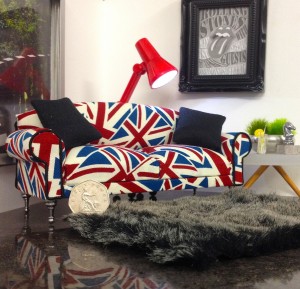 Favorite miniature you own?
Favorite miniature you own?
My current favorite is my Union Jack Sofa. It is named after a watercolor I painted last year, In the Arms of the Empire.
I don’t buy other artisans’ creations but will be tempted by certain mass-produced items that are support accents for a theme. My latest find are some elegant glass bottles that will make perfect whiskey decanters once I add a crystal bead ‘stopper.’
What inspires you?
I won’t lie, I’m an artist with a healthy ego and I really enjoy the very positive feedback I get from other miniaturists and non-miniaturists who often fall for the illusion and show genuine intrigue.
What is the most memorable miniature you have ever seen?
I would have to say Gerhard Wernecke‘s organs are entirely captivating as I can appreciate his master craftsman skills and the absolute accuracy of his work.
What is your hope for the field of miniatures?
Drawing in a new generation of miniaturists would ensure that the art has longevity. Last year, my kids’ art classes (aged 8-15 years old) created their own room box and it was great to see how involved they got with their projects. I think there needs to be a broader appreciation for handmade miniatures. Sadly, the plethora of cheap imports often created in sweatshop conditions may seem attractive on price but are entirely destructive to the art of miniatures. I see so many miniaturists charging a paltry amount because they are trying to compete with such imports; as they do this, so the public perception is affected and there is a loss of appreciation for the time, effort and skill that it takes to create a truly beautiful piece.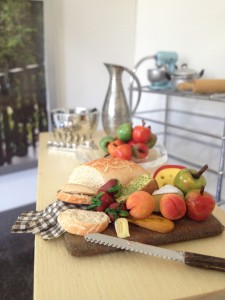
What would you like to see replicated in miniature that you have not yet seen?
With 3D printers and laser cutters there is little unchartered territory left, couple that with the many creative minds out there, almost everything has been done. I think it’s how well you do it that counts.
Why miniatures? What appeals to you most about what you do?
It is the challenge of how to go about a creation and the ultimate composition that will engage and inspire others. There is something in miniatures that evokes a childlike sense of play that we often lose in the full scale, grown-up world. The other aspect I really enjoy is using found items and incorporating these into my designs.
What’s to come from Mad Missy Minis?
Personal project: my son (who really is an old man in a young man’s body with rather expensive taste) has requested a combination room box: an ornate gentleman’s smoking room, drawing room and library. I expect this project will be at least a year or so process as we have agreed that we will find the finest materials to construct the room box. We already have a vintage replica rolex watch face that is to become a clock. A leather Chesterfield sofa like this one, from the collection by Sofas By Saxon, and some high-backed winged armchairs will also be featured.
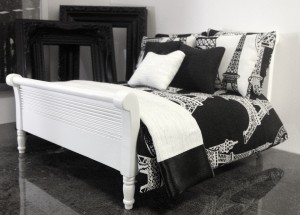 Mad Missy Minis: as I have just launched my Etsy store, the focus is on modern upholstered chairs, sophisticated bedroom packages and miniature fine art, specializing in abstracts and sculptures. I’m often complimented on the styling of my room boxes, so I intend to offer instant makeover packages so that collectors get a cohesive, polished look to their room box or house. Also coming soon are reasonably priced mini prints of my life-size artworks.
Mad Missy Minis: as I have just launched my Etsy store, the focus is on modern upholstered chairs, sophisticated bedroom packages and miniature fine art, specializing in abstracts and sculptures. I’m often complimented on the styling of my room boxes, so I intend to offer instant makeover packages so that collectors get a cohesive, polished look to their room box or house. Also coming soon are reasonably priced mini prints of my life-size artworks.
Words you live by?
“If you love what you do for a living then you never have to work a day in your life.” –Confucius (in fact there are many of his quotes that are just so darned wise and really resonate with me)
Favorite miniature quote? 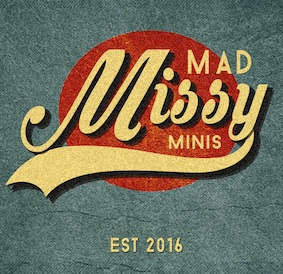
To draw from Confucius once again: “It does not matter how slowly you go, as long as you do not stop.”
Other activities you enjoy?
What, there’s more to life than miniatures?! I do thoroughly enjoy painting, sculpting, dancing, watching documentaries, debating international politics, and talking to my two geriatric cats who hang out all day with me in my studio.
Mad Missy Minis was created by fine artist Mel Sebastian who is based in Brisbane, Australia. Enjoy her latest miniatures and room boxes by following along on Instagram, Pinterest, and Facebook. Buy your own minis from Mad Missy Minis Etsy and shop full scale works of art via the Art 101 Website.
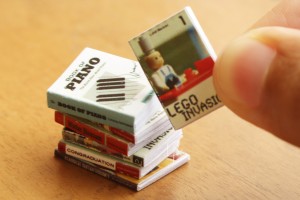 What’s your earliest memory with miniatures?
What’s your earliest memory with miniatures?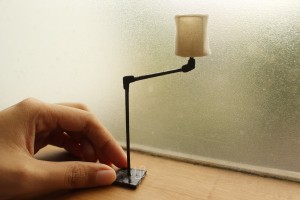
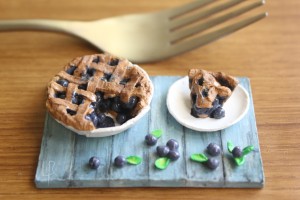 Favorite miniaturists or artists/designers working in small scale?
Favorite miniaturists or artists/designers working in small scale?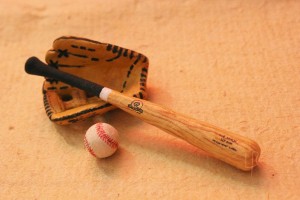 Why miniatures? What appeals to you most about what you do?
Why miniatures? What appeals to you most about what you do?